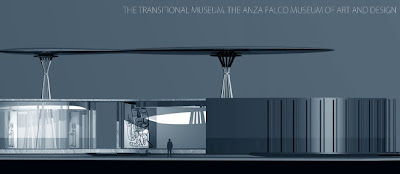
In February 15, The Anza Falco Museum of Art and Design hosted a private presentation of the Transitional Museum.
The event, aimed for special friends and collaborators, took place in Jim Olive’s Photography Studio located in East-Downtown Houston. The event included an exhibition of the Transitional and Permanent projects. Friends and visitors had the chance to learn about the project and the Museum’s plans for the initial years of operations and exhibitions.
Another private reception and a preview was hosted on March 7 by Tinta and Pablo Henning.










